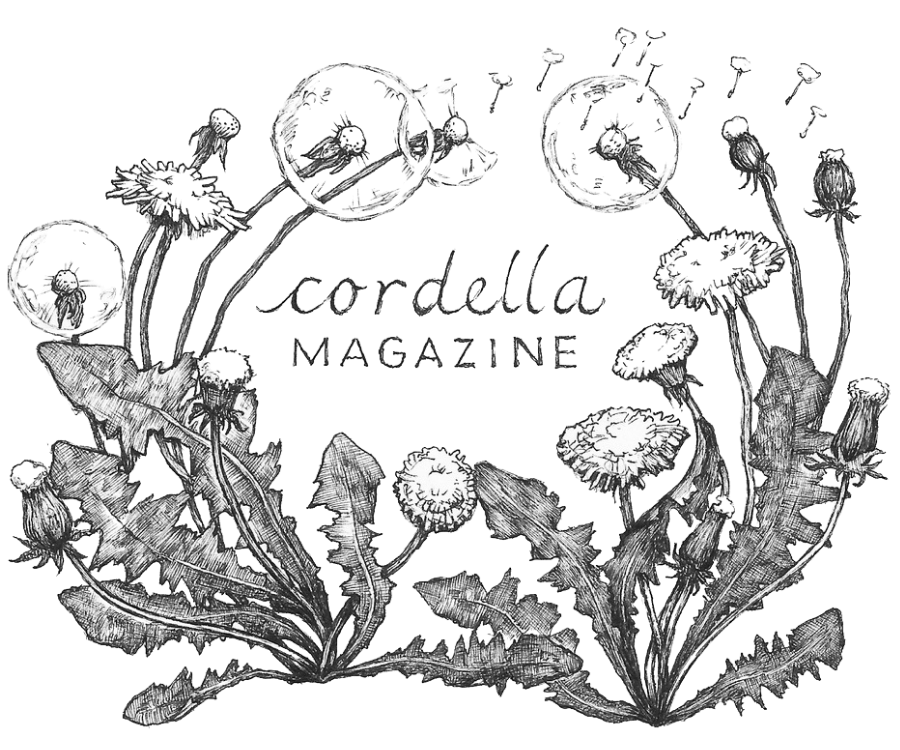Walking the Kern
Briana Rochelle Olson
Image by Tim Mossholder
It started with “Bubbs Creek Haircut” because Joe kept saying that's what he was going to get. Saying “Bubbs Creek” pulled him through days taking care of the chronic and the dying. After twelve hours at the hospital, he would unfold Kings Canyon, running his finger along the path he wanted to take. “That long?” I’d ask. I'd water the potted herbs on our porch and go back to Mountains and Rivers Without End.
“Journeys,” “The Market,” “The Making of”—if Gary Snyder’s masterpiece is a single long poem, it is also a collection, and I was always skipping around. “Three Worlds, Three Realms, Six Roads.” But I always came back to “Bubbs Creek Haircut” and the barber who claimed to have built the cabin at Cedar Grove.
(Does that cabin still stand? Did it ever?)
The gear of this poem is old-time, borderline primitive, pure twentieth-century. Snyder recounts picking up a wool sweater at the Goodwill, buying socks and heavy boots at the Salvation Army Restore. Joe and I, in contrast, carried sleek down jackets that could be stuffed into their own pockets. We wore top-dollar hiking socks, quick-drying synthetics, ergonomic Gore-Tex boots. We packed water filters, bear canisters, freeze-dried stroganoff, a GPS. But with Snyder we shared places of departure; we shared destinations. The drive down highway 99. The night before the trek, camped at the end of the road. “Hard granite walls that leave no scree.” Kings Canyon, Forester Pass. Bubbs, which ought to be called a kill, or a chute; a creek like no creek I’d ever seen. And the jewel—the words I’d gotten stuck on, reading the poem—the addition to our walk that, after worrying over hips and knees and distances, I’d insist on—the Upper Kern.
The Upper Kern is remote as verse. The night before, three days in, we slept at Junction Meadow, an unassuming crossroads between Kern Canyon and one of many routes to Whitney’s teeming peak. In the morning, we passed a jovial group of men drinking coffee, readying for their last day before the summit. A little later, after we'd forded the rushing Tyndall Creek—after we'd crossed over, no turning back—we passed two who'd cut over from the Tyndall basin. From there, we were alone in a world apart, a world almost too marvelous to trouble with words. We strolled through an ancient riparian habitat and ascended, via switchback, parallel to the narrow black and brown bed the Kern has been polishing for as near forever as I can perceive. We stared up at the foxtail pine clinging to thirty sheer feet and glanced back toward the valley's cleft, the faraway coming together of the Kaweah and the Kern. This was beauty enough; or was it? Beyond the painted granite walls was the basin, and to reach it was to arrive in another stratosphere, as if another planet.
“A deva world of sorts,” Snyder wrote, and he may have been referring to Forester Pass, or Whitney, or he may have been referring to all the Sierra Nevada; but for me, this, the Upper Kern basin, was the place he meant.
The trail faded almost at its start, and we debated taking the last cutoff, dropping back into the woods. The sky, which we'd entered, was threatening to thunder and strike, to wrap us in a dangerous cold embrace. But we went on. Picked our way up the craggy slope, tracking cairns, listening. The green of the earth like the fuzz on a baby’s head—hardier than it looks. Water threading from tarn to tarn, streaming and clean, giving no hint that a few hundred miles down, it would tunnel through concrete, be poured into almond groves.
When we’d returned, friends and family wondered at the pictures. But the pictures were nothing. Pictures are something you look at while you eat breakfast or skate through posts and updates, sitting in the most familiar room of your life. I took the pictures to remember, to capture the light, but I don’t need them.
And the light, the “empty sky/molding to fit the shape of what ice left,” the glittering granite bowls, the reds and pinks, the two-stepping black clouds, the high pitch of the pika, the distance from sea level, shift in angle to the sun—it can’t be captured. It can’t be kept, or used.
If poetry is “for” something, anything, action isn’t it. Or is it? And why not? When I make it to the ancient bristlecone pines, the White Mountains, I’ll be thinking of Snyder, again. Because “universe of junk” might be allusion, and metaphor, and “splendid alpine scene” might be a picture on some long-dead barber’s wall, but a poem can be a map, and that day walking the Upper Kern is a day that no one can draw back.
Briana Rochelle Olson
Briana Rochelle Olson is an itinerant writer who is lately based in Albuquerque. Her short fiction can be found in Salt Hill and Pindeldyboz, and she is a regular contributor to Edible New Mexico and The Magazine. She received her MFA in fiction from the University of Houston.



